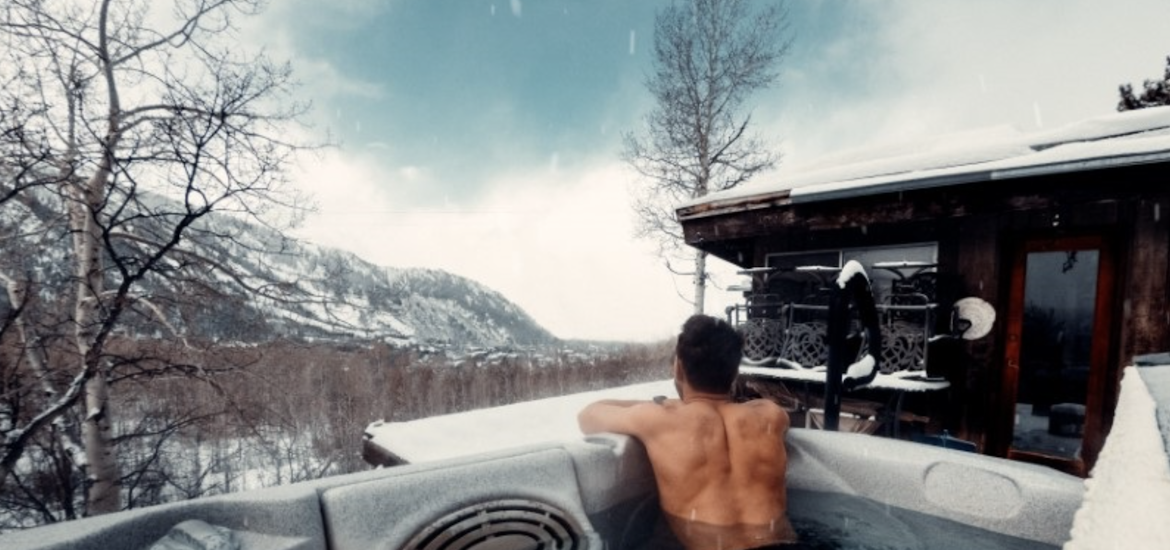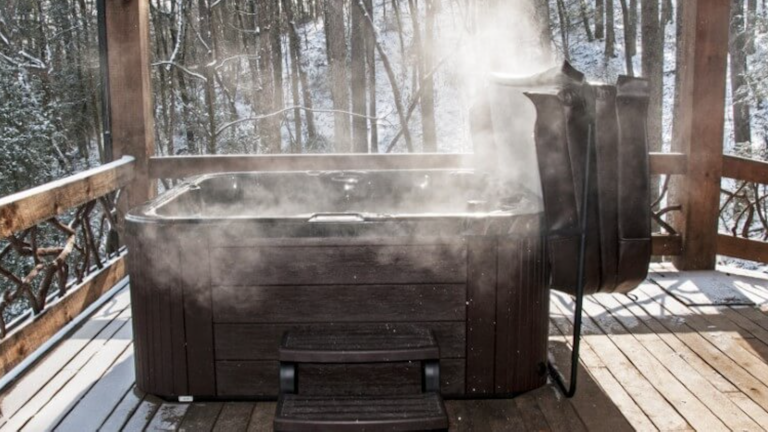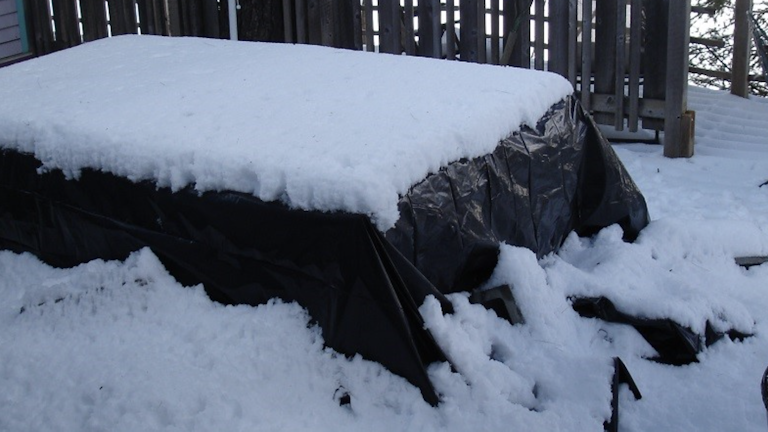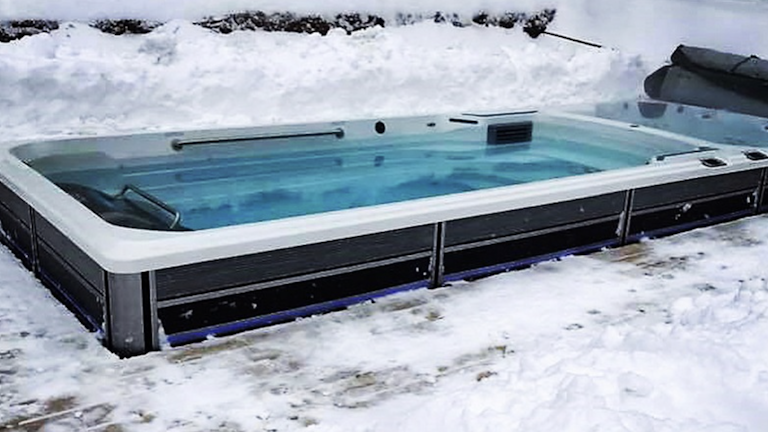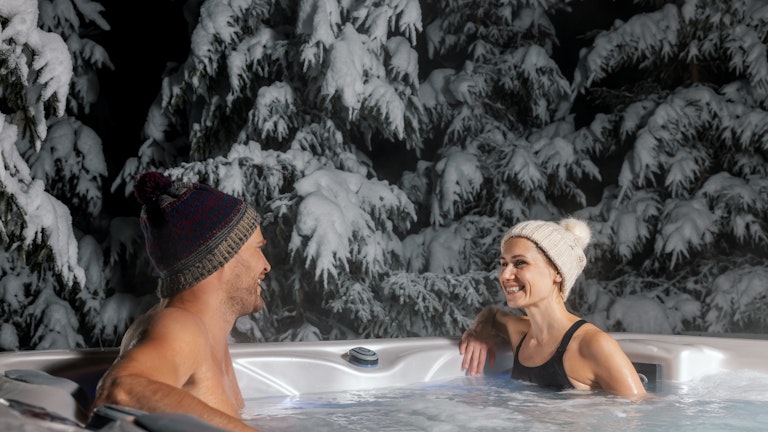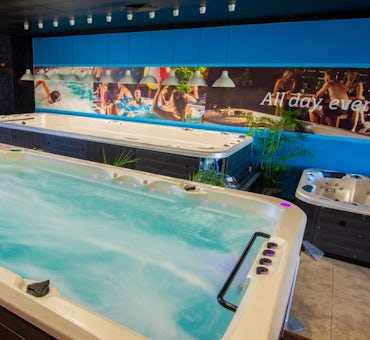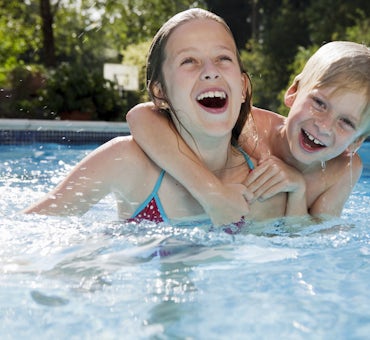Winter is a season when many people prefer staying indoors and avoiding outdoor activities. Thankfully for most of Australia, the winters are very mild, so many Australians enjoy using the spa pool, hot tub or swim spa all year round, including in the winter months.
In this article, we cover answers to these questions:
- Can cold weather damage my spa or hot tub plumbing?
- How much electricity does my spa use in winter?
- How does a spa heat pump save money?
- What temperature should my spa be in winter?
And more!
